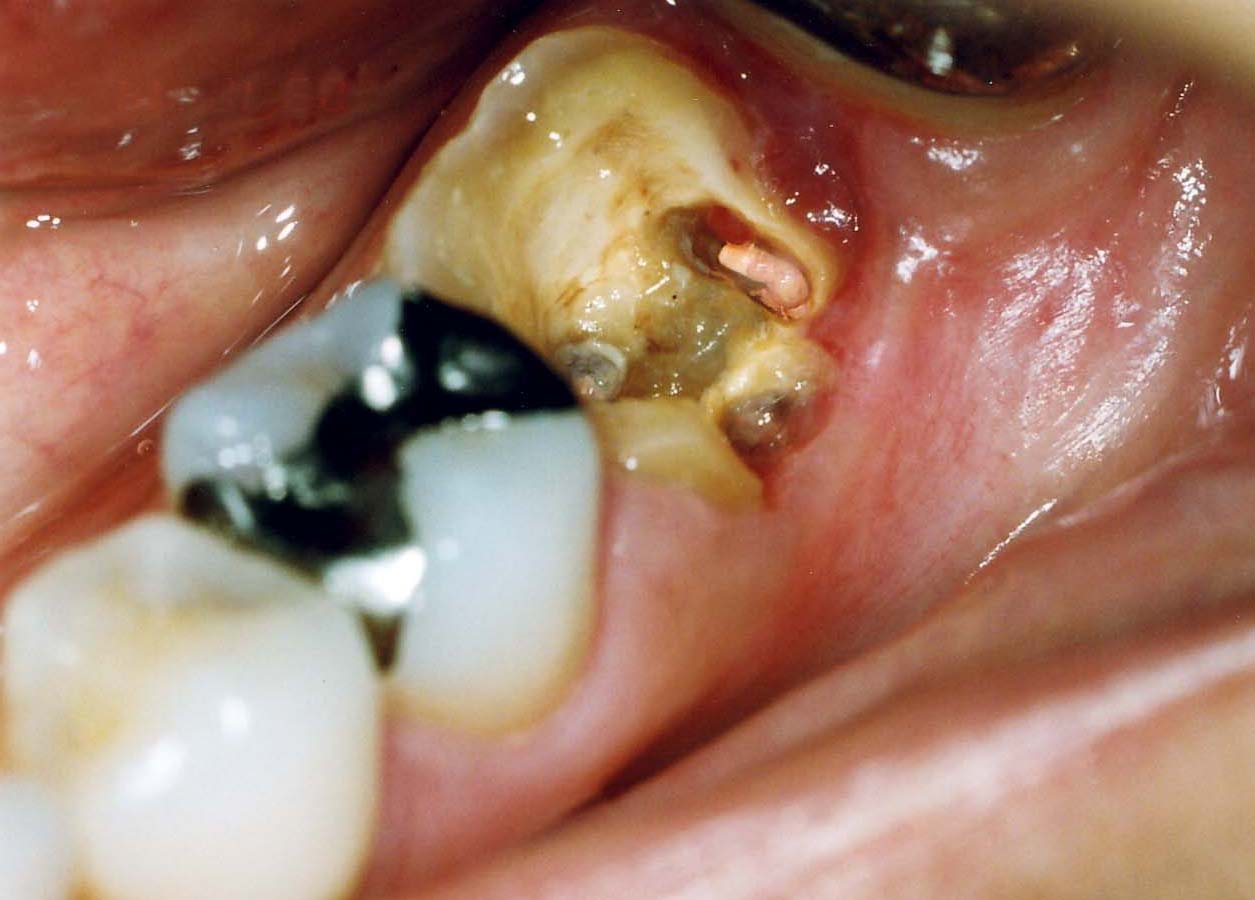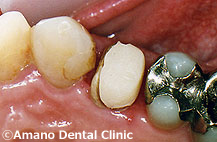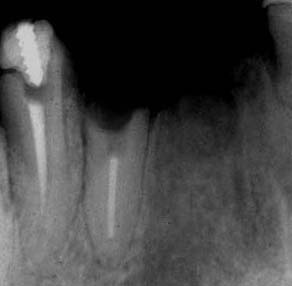“This tooth is dead and needs to be removed.”
This line must be familiar if you have experienced tooth extraction before. Didn’t you wonder if the tooth truly needed to be removed or if any modern dental treatment could save the tooth?
There are many possible reasons for tooth extraction. Compared to 10 years ago, the numbers of teeth extracted has declined. As dental technologies advance, new treatment methods have become available to keep as many natural teeth as possible.
The Ministry of Health, Labour and Welfare started the 80/20 Campaign about ten years ago. The goal is for people to have 20 teeth at the age of 80. According to statistics, however, the average number of teeth left at age 80 is 8.2. Clearly life expectancy for teeth has not kept pace with that of humans. A recent survey indicated that approximately one half of teeth are lost by age 60.
There are six major reasons (except tooth extraction for orthodontic care).
● Gingivitis
Gingivitis is a common infectious disease. Advanced gingivitis often necessitates the removal of teeth because they develop infections. However, it is possible to avoid removing teeth by a combination of treatments, which include bone regeneration and extrusion.
● Cavity
Do not take a cavity lightly. A cavity may cause tooth loss. Tooth extraction was formerly a common treatment for a cavity that had progressed to the root. However, other treatments became available and we can avoid tooth extraction nowadays. Treatments include orthodontic extrusion (pulling a root to extend farther out of the gums), and crown lengthening (increasing the amount of exposed tooth).
● Root disease
A root of a tooth that previously had root canal treatment can be infected later. If it suddenly worsens and pus accumulates, you will feel pain. Otherwise, there is no pain associated with it. In some cases, it is not necessary to remove the tooth once the root has been properly treated.
● Occlusion problem
A bad bite causes damage to other teeth and the periodontal tissues (Traumatic occlusion). Tooth extraction may be avoided by correcting the bite.
● Cracked tooth
Unless a crack extends to a root, we can correct the crack with fiber resin core adhesives or crown lengthening surgery.
● Wisdom teeth
Not all wisdom teeth must be removed. In some cases, it is better not remove wisdom teeth.
● A badly decayed or damaged tooth
● A cracked tooth
● A tooth that cannot be restored to a healthy state
Click here for more information about dental and periodontal structures.
Apply an enamel matrix protein (Emdogain) to the root surface to recreate the tooth attachment. This photograph shows that the gum of the back teeth is swollen. Also, the tooth attachment of a right-hand side root is receded.
The second photograph shows the same teeth several months after applying Emdogain. It clearly shows that a new attachment has been regenerated.
Extrusion is performed to treat a severe cavity by pulling the root to extend further out of the gum. This photograph shows the root before extrusion.
The second photograph is after the extrusion treatment. Force is applied by stretching an elastic band from a hook. The tooth was pulled 5 mm in three weeks.

When tooth decay extends below the gum line, crown lengthening is performed to increase the amount of exposed tooth. Unlike extrusion, it deals with the situation when only part of the root is under the gum.
This photograph is before the treatment. The patient came to our clinic to get a second opinion after being told that it had to be removed.

The second photograph shows a foundation of crown after the crown lengthening. We uncovered a large portion of the healthy tooth.

The patient sought a second opinion about a cracked root. The cracked root was clearly seen after removing a metal core (lower part of the root shown in the photograph). Fortunately the crack had not extended to the tip of the root, and we were able to insert a fiber-resin core.

The second photograph was taken after inserting the fiber-resin core. The core was bonded to the tooth to prevent further cracking. Also, crown lengthening was performed to reposition the gum line. Then the tooth was sustained with a crown.



